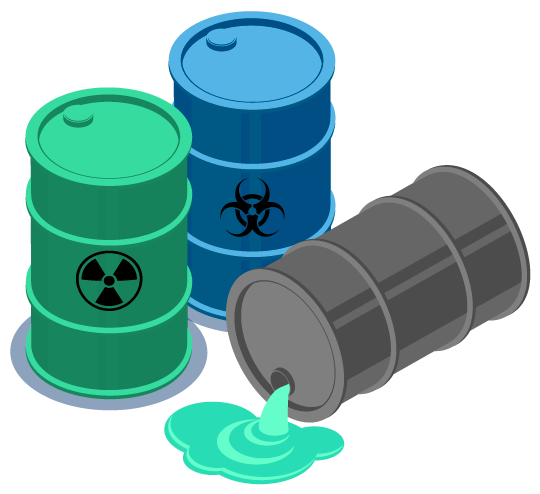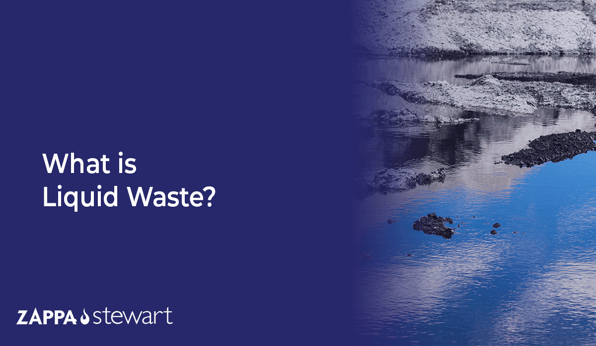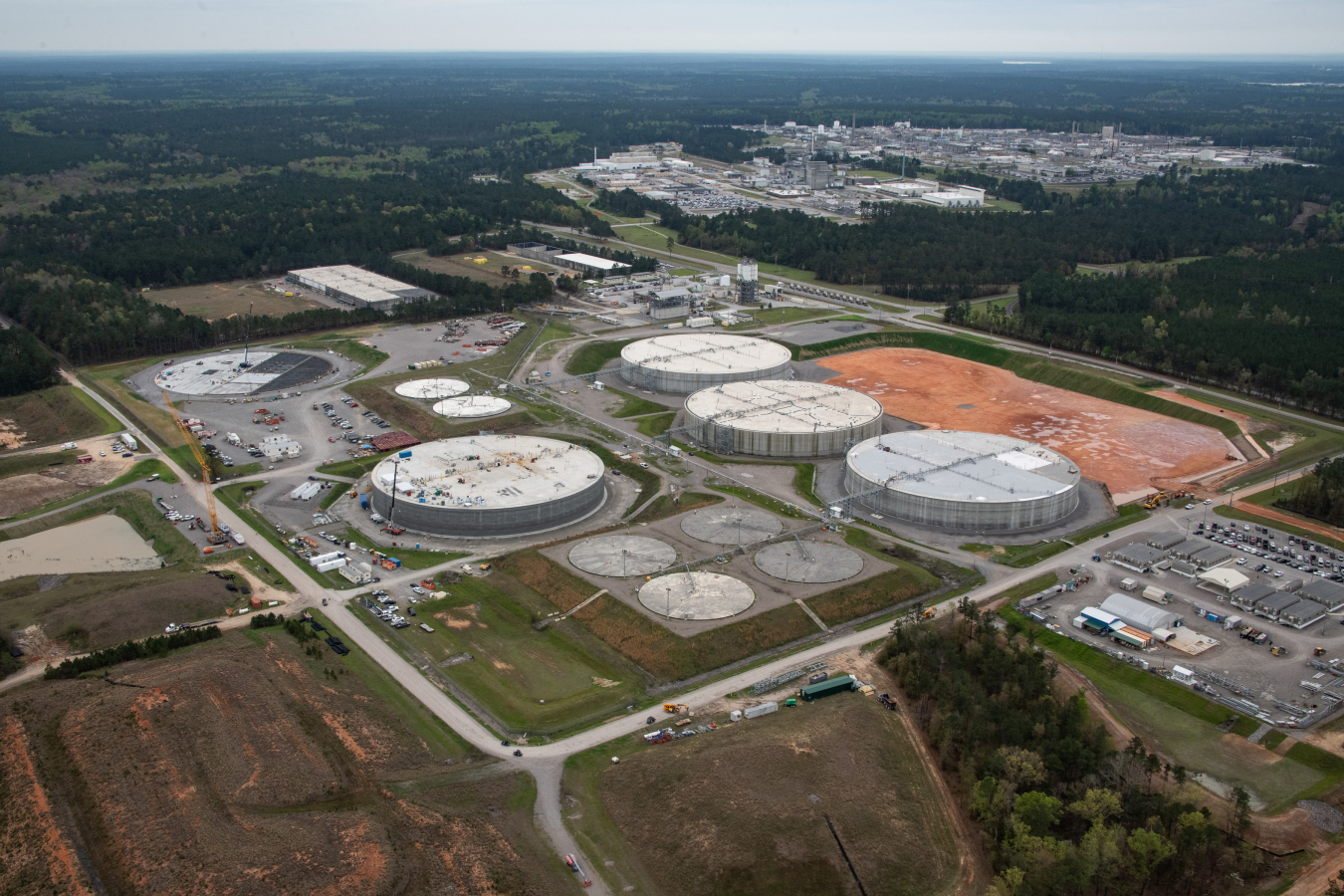Safe and Sustainable Liquid Waste Disposal: Your Go-To Service Provider
Safe and Sustainable Liquid Waste Disposal: Your Go-To Service Provider
Blog Article
Just How Fluid Garbage Disposal Works: A Detailed Introduction of Strategies and Technologies Employed

Summary of Fluid Waste Types
The complexity of liquid waste kinds necessitates a thorough understanding of their qualities and implications for disposal. Liquid waste can generally be classified right into a number of kinds, including commercial, municipal, farming, and contaminated materials. Each classification shows distinct residential properties, needing particular management methods to reduce ecological and wellness threats.
Industrial liquid waste stems from manufacturing procedures and often has a variety of pollutants, such as hefty steels, solvents, and organic compounds. Municipal fluid waste, mostly making up wastewater from houses and business facilities, contains natural matter, nutrients, and virus (industrial wastewater treatment). Agricultural fluid waste, including overflow from farms, might contain plant foods, pesticides, and animal waste, positioning dangers to water quality and communities
Unsafe fluid waste is defined by its toxicity, sensitivity, or potential to trigger damage. Comprehending these varied fluid waste kinds is vital for establishing effective disposal methods and making sure compliance with environmental guidelines.
Physical Therapy Approaches

Testing is the first action, where larger particles and debris are gotten rid of from the fluid waste utilizing displays or grates. This process shields downstream devices from damages and ensures smoother procedure. Following screening, sedimentation utilizes gravitational force to separate solids from liquids. In sedimentation storage tanks, much heavier particles clear up near the bottom, forming a sludge layer, while the clarified liquid can be additional dealt with.
Filtering is an additional necessary method that includes passing the fluid with permeable products, such as sand or membranes, to catch smaller sized particles. This step enhances the top quality of the fluid, making it ideal for subsequent therapy processes.

Chemical Therapy Strategies
Chemical therapy techniques are necessary for successfully taking care of liquid waste, specifically in dealing with liquified and colloidal pollutants that physical approaches may not adequately eliminate. These techniques make use of various chemical representatives to counteract, precipitate, or transform hazardous substances into less hazardous kinds.
One usual technique is coagulation and flocculation, where chemicals such as alum or ferric chloride are included in advertise the gathering of suspended bits. This procedure boosts sedimentation, enabling simpler elimination of the resulting sludge. Additionally, oxidation procedures, utilizing representatives like chlorine or ozone, are used to damage down complex organic substances and pathogens, rendering Go Here the waste much safer for discharge visit or further therapy.
Neutralization is one more vital method, which adjusts the pH of acidic or alkaline waste streams to neutral levels, preventing potential harm to downstream systems and the environment. Additionally, progressed oxidation procedures (AOPs) utilize mixes of oxidants and ultraviolet light to degrade relentless pollutants, accomplishing a greater level of treatment performance.
Organic Therapy Procedures
Biological treatment processes play an essential role in the administration of fluid waste by making use of microbes to disintegrate raw material and lower pollutant levels. These procedures can be broadly categorized right into anaerobic and cardiovascular therapies, each using details microbial areas to achieve efficient waste degradation.
Aerobic treatment involves the use of oxygen to facilitate the breakdown of organic materials by microorganisms. This process is frequently implemented in turned on sludge systems, where aeration tanks provide a conducive setting for microbial development, causing the oxidation of organic contaminants. The resultant biomass can be separated from dealt with effluent via sedimentation.
In comparison, anaerobic therapy occurs in the absence of oxygen, counting on different microorganisms to break down natural issue. This method is especially beneficial for high-strength waste, as it generates biogas, a renewable resource source, while minimizing sludge production. Technologies such as anaerobic digesters are frequently employed in local and commercial applications.
Both cardiovascular and anaerobic biological treatments not just decrease the environmental influence of liquid waste but additionally facilitate source recuperation, making them important components of sustainable waste administration techniques. Their efficiency, flexibility, and efficiency support their widespread execution throughout numerous industries.
Arising Technologies in Disposal
Cutting-edge techniques to liquid waste disposal are swiftly developing, driven by advancements in innovation and an increasing emphasis on sustainability. Among these emerging innovations, membrane layer bioreactors (MBRs) have obtained grip for their ability to incorporate organic therapy with membrane purification, causing premium effluent that can be recycled in numerous applications. MBRs enable smaller sized footprints and a lot more efficient procedures contrasted to conventional systems.
Another promising advancement is making use of anaerobic food digestion incorporated with nutrient recovery technologies, which not just deals with liquid waste however also produces biogas and recoups beneficial nutrients like nitrogen and phosphorus. This twin advantage improves resource effectiveness and minimizes environmental impact.
Additionally, progressed oxidation procedures (AOPs) are being embraced for the destruction of intricate natural find out pollutants. These approaches utilize powerful oxidants and stimulants to break down contaminants at the molecular level, offering a very reliable service for challenging waste streams.
In addition, the assimilation of man-made knowledge and device discovering in waste management systems is optimizing operational performance and anticipating maintenance, resulting in reduced costs and improved ecological compliance. These innovations show a substantial shift in the direction of even more lasting and reliable liquid waste disposal techniques.
Conclusion
In verdict, efficient liquid waste disposal necessitates an extensive understanding of different methods and innovations. By continually advancing these methodologies, it becomes feasible to resolve the expanding challenges connected with fluid waste, inevitably contributing to environmental protection and resource healing.
Fluid waste disposal is a crucial facet of ecological administration, requiring a detailed understanding of various methods and innovations tailored to various waste types. Liquid waste can broadly be classified right into several types, consisting of commercial, metropolitan, agricultural, and harmful waste. Agricultural fluid waste, consisting of runoff from farms, might contain fertilizers, chemicals, and animal waste, positioning risks to water high quality and environments.
Different physical treatment techniques play a vital function in handling fluid waste efficiently - industrial wastewater treatment.In final thought, efficient liquid waste disposal requires a detailed understanding of various strategies and modern technologies
Report this page